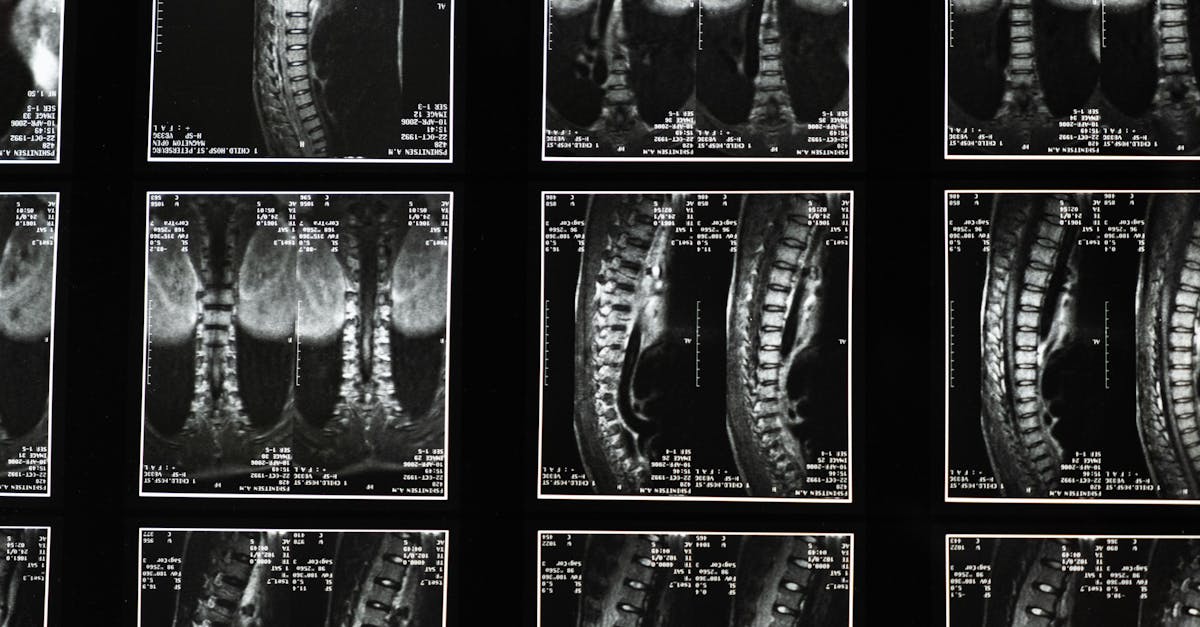
Understanding Sciatica vs Hamstring Strain: Causes & Anatomy
When evaluating lower limb pain, clinicians often encounter the overlapping symptoms of sciatica vs hamstring strain. Sciatica refers to pain radiating along the sciatic nerve path, typically caused by nerve root irritation or compression, such as lumbar sciatica. Meanwhile, a hamstring strain is a muscular injury where the hamstring muscles at the back of the thigh suffer micro-tears or overuse. Neuropathic back pain from nerve involvement contrasts with the mechanical muscle pain in strains.
Recognizing the anatomy involved is crucial: sciatica originates in the lower spine, often linked to conditions like disk herniation or foraminal stenosis, while hamstring strains affect muscle fibers spanning the pelvis to the knee.
Symptoms & Risk Factors
Sciatica typically presents with sharp, shooting pain traveling from the lower back down the leg, often accompanied by numbness or tingling sensations. Risk factors include prolonged sitting, obesity, and occupational hazards common in back pain in nurses. In comparison, hamstring strains cause localized posterior thigh pain, swelling, and weakness after sudden overload or overstretching.
At-Home Relief Strategies
Early management for both conditions includes activity modification to avoid aggravating movements. For sciatica, gentle mobility exercises and alternating heat and ice can reduce inflammation and promote nerve gliding. Hamstring strain benefits from rest, ice application, and controlled muscle activation to foster healing.
Evidence-Informed Exercises for Sciatica and Hamstring Strain
A staged exercise plan is fundamental for rehabilitation. For sciatica, exercises such as McKenzie lumbar extensions, core stabilization routines, and chin tucks for postural corrections can reduce nerve root irritation. In hamstring strain rehabilitation, progressive stretching and strengthening, avoiding aggressive ballistic stretches initially, are recommended. Clinicians in Lubbock should tailor these protocols, referencing resources like posture and ergonomics expert tips.
Posture & Ergonomics: Essential Considerations
Proper ergonomics play a pivotal role in managing and preventing both conditions. Optimizing workstations with correct lumbar support and proper desk height can alleviate back pain in nurses and others at risk. Teaching safe lifting mechanics and breaks during repetitive tasks further reduces strain on lumbar discs and hamstring muscles.
Professional Treatments: When to Refer
Physical therapy and chiropractic care are front-line treatments for these disorders. Imaging may be necessary for persistent or worsening symptoms to rule out structural causes such as a bulging disc and arthritis in lower back. Minimally invasive procedures are rarely first-line but may be considered in refractive lumbar sciatica cases.
Lifestyle & Prevention Tips
Maintaining an ergonomic sleep surface, such as recommended mattress firmness per expert guidelines, supports spinal health. Regular low-impact walking programs and stress management techniques also contribute to reducing occurrences and severity of neuropathic back pain and muscle strains.
When To Seek Care: Red Flags
- Sudden onset of numbness or weakness in legs
- Loss of bladder or bowel control
- Severe traumatic injury
- Fever accompanying back pain
Such signs warrant immediate clinical evaluation to rule out serious pathology.
Conclusion
Distinguishing sciatica vs hamstring strain requires thorough clinical assessment combined with evidence-based rehabilitation strategies. Clinicians in Lubbock can leverage advanced exercise protocols and ergonomics to optimize patient outcomes. For more insights, explore additional guides on Back & Neck Pain Relief to support your practice and patient education.
Medical disclaimer: This article is for informational purposes only and does not substitute professional medical advice or diagnosis.
FAQ
How can clinicians differentiate between sciatica and hamstring strain?
Key differences include radiation pattern—sciatica follows a nerve path with possible numbness, while hamstring strains are localized muscle injuries. Patient history and physical examination are vital.
What are effective early exercises for lumbar sciatica?
Gentle McKenzie extensions, core stabilization, and chin tucks help reduce nerve tension and improve posture.
Can sciatica cause neuropathic pain?
Yes, sciatica involves nerve irritation producing neuropathic back pain sensations such as burning or tingling.
Are there occupational risks for back pain in nurses related to these conditions?
Yes, prolonged standing, patient lifting, and awkward postures contribute to increased risk of both sciatica and muscular strains.
When should imaging be considered in sciatica cases?
Imaging is considered when symptoms persist beyond conservative treatment, worsen, or if red flags like neurological deficits are present.